Samsung is gearing up to make waves in the foldable smartphone arena, and the latest leaks surrounding its upcoming trifold device are fascinating. The Galaxy G Fold is rumored to introduce a groundbreaking tri-battery system powered by silicon-carbon technology, according to recent reports. It would be Samsung's first real foray into advanced battery chemistry, a sharp break from traditional lithium-ion cells. The twist, and the hard part, is how Samsung plans to tackle complex power management across a three-panel folding design, as indicated by Android Headlines.
Right on time. Samsung has led foldables for years, yet it stayed cautious on batteries. Chinese brands have been testing silicon-carbon for a while. Now Samsung looks ready to catch up, and it is picking its most ambitious device as the proving ground for the shift.
Why silicon-carbon batteries change everything
The heart of Samsung's trifold push is silicon-carbon battery tech, which works differently from the usual stuff. Instead of graphite anodes in standard lithium-ion cells, this chemistry uses silicon to boost energy density, as explained by Mashable. More juice in less space, without tanking performance.
Here's where it gets interesting. Traditional lithium-ion is like stuffing vacation clothes into a too-small suitcase. You can make it work, but it is bulky and inefficient. Silicon-carbon feels like using a vacuum bag, everything compresses and you get back usable space.
The competitive stakes are clear. Honor brought the tech to phones at MWC 2023, and brands like OnePlus tout Glacier (or Glacier Battery) tech — ~6,100 mAh in claimed leaks that fits roughly 6,000mAh where a 5,000mAh cell would go, according to Android Police / Tom's Guide. For Samsung, adopting it is not just about keeping pace. It is about solving the core problem, cramming real battery power into a trifold without building a brick.
The engineering challenge of tri-fold power management
Powering three displays is not a one-battery-fits-all job. Samsung appears to be tackling it with design tricks tailored for a tri-fold. The device is set to use three dynamic panels that fold inward and outward, so it can swing from phone to tablet smoothly, as reported by Geeky Gadgets.
The challenge is obvious. Three high-resolution screens need serious power, yet the device still has to stay thin. Early prototypes point to a capacity under 5,000mAh to protect the profile, according to Mashable. Counterintuitive for a power hog? Sure. That is where silicon-carbon helps. You can get more usable power from a sub 5,000mAh pack than a comparable traditional cell.
Power then has to be routed to displays, cameras, processors, even the hinge hardware, without wasting a watt. Think orchestra, each section gets its cue and volume. Certifications point to 25W charging that favors safety and heat control over sheer speed, as noted by Android Headlines. The speeds look conservative, yet Samsung is one of the few companies delivering fast charging over USB-C rather than proprietary standards.
What this means for Samsung's foldable future
Samsung's silicon-carbon play is not limited to the trifold. Leakers have claimed the Z Fold 7 will be very thin (reports of ~3.9mm unfolded); some outlets speculate silicon-carbon could enable thinness, but Samsung only says it is testing silicon-carbon batteries for future devices. Thinner than many standard smartphones when it is open.
Leak reports indicate component/mass production may start around Sept 2025 and a Q4 / end-of-2025 launch targeting South Korea and China; these are unconfirmed. A run of approximately 200,000 units signals a measured rollout, according to Phone Arena. That gives Samsung time to validate performance, find manufacturing optimizations, and gather early feedback before scaling up.
If the trifold lands well with silicon-carbon, expect the tech to ripple through Samsung's flagships. Early rumors point to the Galaxy S26 series adopting it too, a shift that would sharpen Samsung's stance against Chinese brands that have led on battery chemistry.
The reality check: challenges ahead
All that said, getting this thing to market is a gauntlet. Durability is still the elephant in the room, since folding screens have spotty long-term track records in real use, according to Geeky Gadgets. The horror stories from first-gen foldables linger, and now Samsung is asking buyers to trust not one, not two, but three panels moving in sync.
Ergonomics raise real questions too. How do you hold and use three panels comfortably? What is the learning curve for messaging or photos? And how do you protect a device this intricate when you toss it in a bag?
Then there is price. Reported price estimates range from roughly $2,900–$3,500 in leaks/coverage; treat as provisional. That number tops many laptops, and it creeps into the range where a buyer could snag a high-end phone and a premium tablet for less. Samsung will need clear, practical wins to justify the splurge.
Where innovation meets market reality
Samsung's trifold is more than a flashy prototype. It reads as a bet on the future of mobile computing. By weaving in silicon-carbon batteries, Samsung steps into next-gen power solutions that have been dominated by Chinese manufacturers, according to Phone Arena. The signal is simple, Samsung wants to lead again, not just match.
Its impact on the high end could be big, especially given Samsung's track record of setting industry standards, as noted by Geeky Gadgets. Remember the original Galaxy Note. Samsung helped normalize big screens, then pushed foldables into the mainstream. A successful trifold could sketch the next blueprint for personal computing.
Success comes down to whether three panels deliver real productivity and day to day wins that justify the complexity and the price. Think convergent computing, a single device that shifts from phone to tablet to laptop stand-in, yet still fits a pocket. The Galaxy G Fold's December launch will be the market test, and its reception could shape the next decade of mobile innovation.
The question is not whether the tech impresses. It does. The real test is whether consumers are ready to embrace this level of sophistication and cost for the productivity and convenience it promises to deliver.




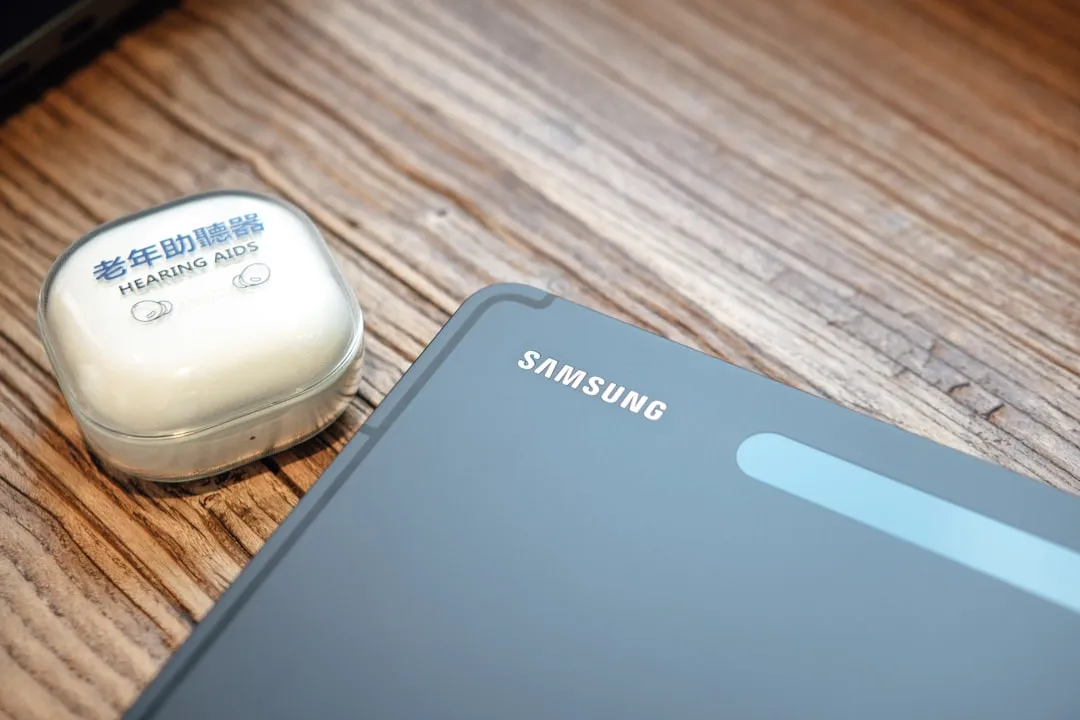
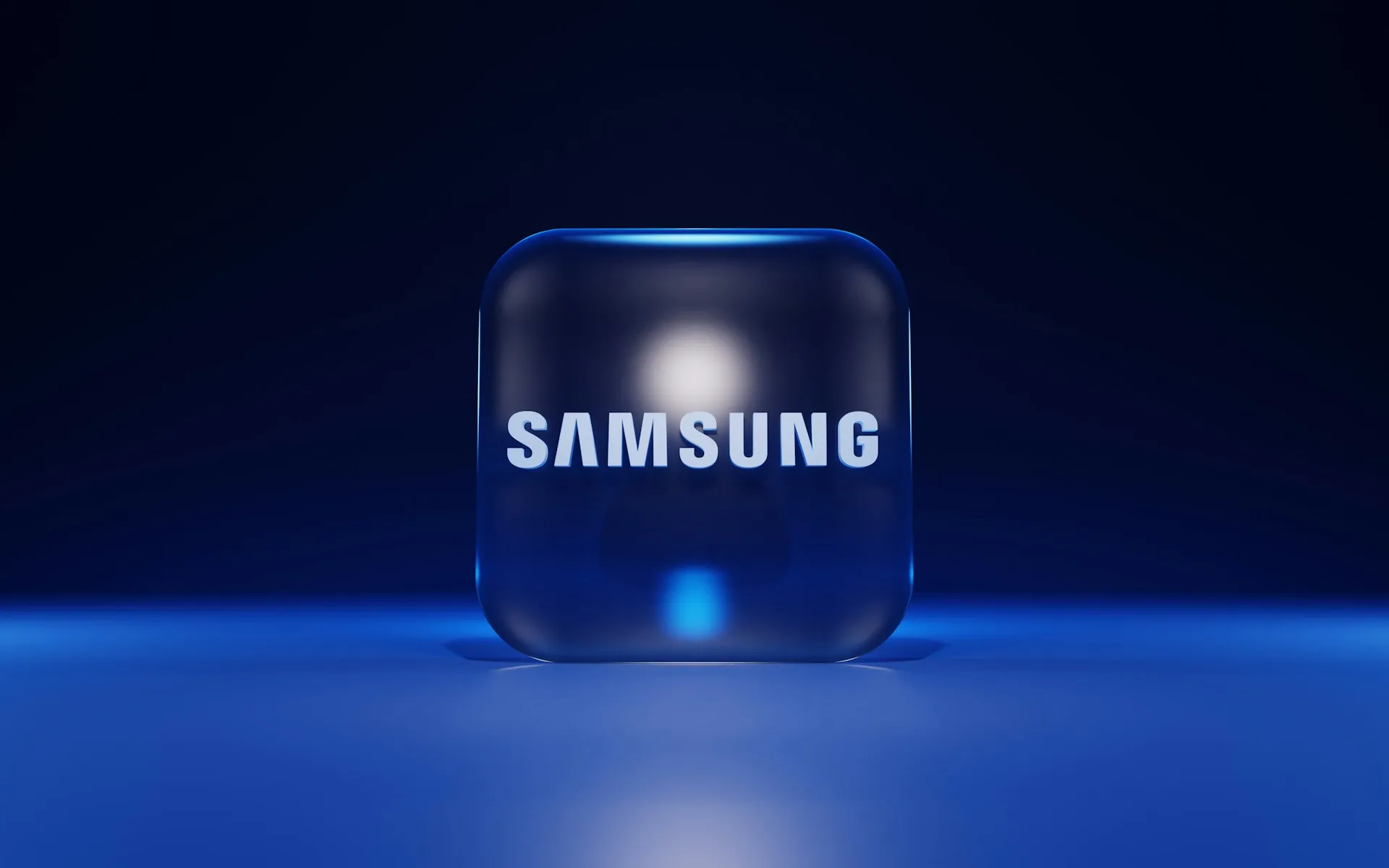
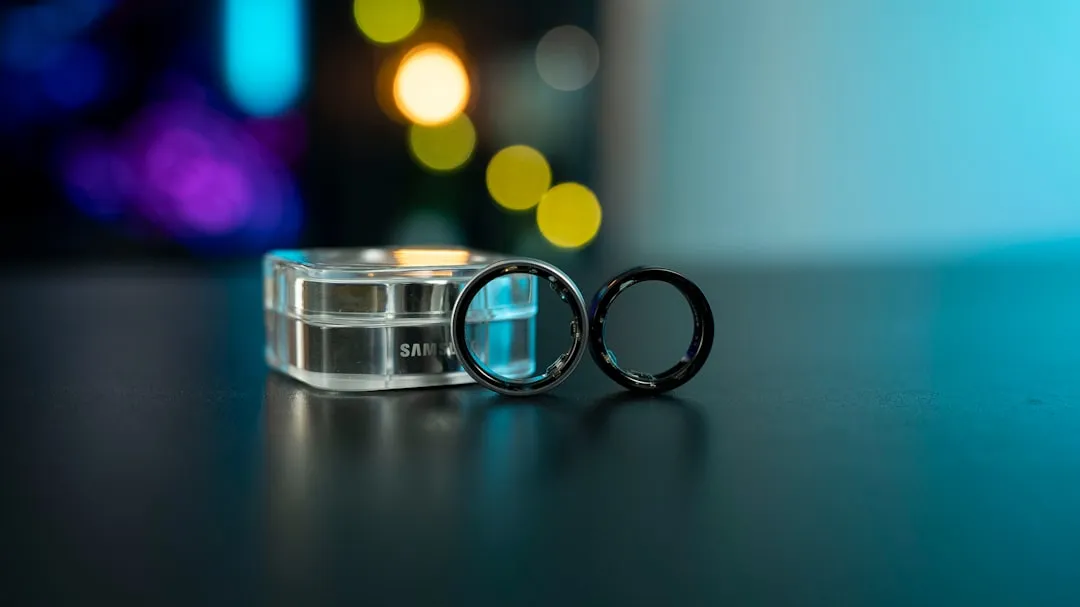

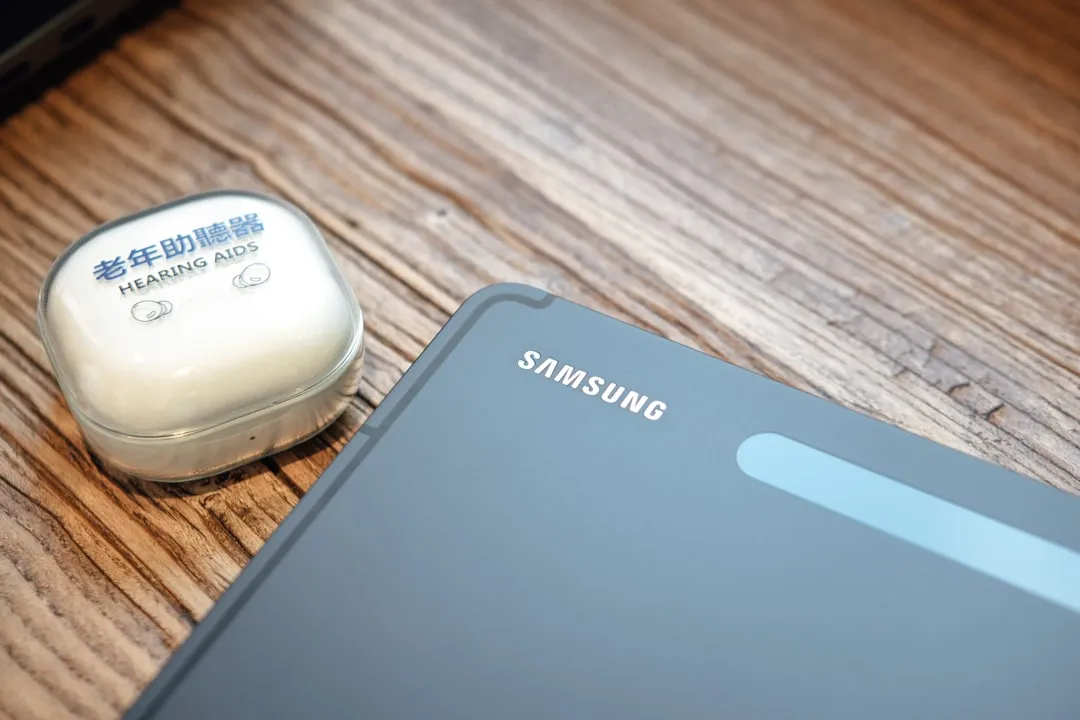
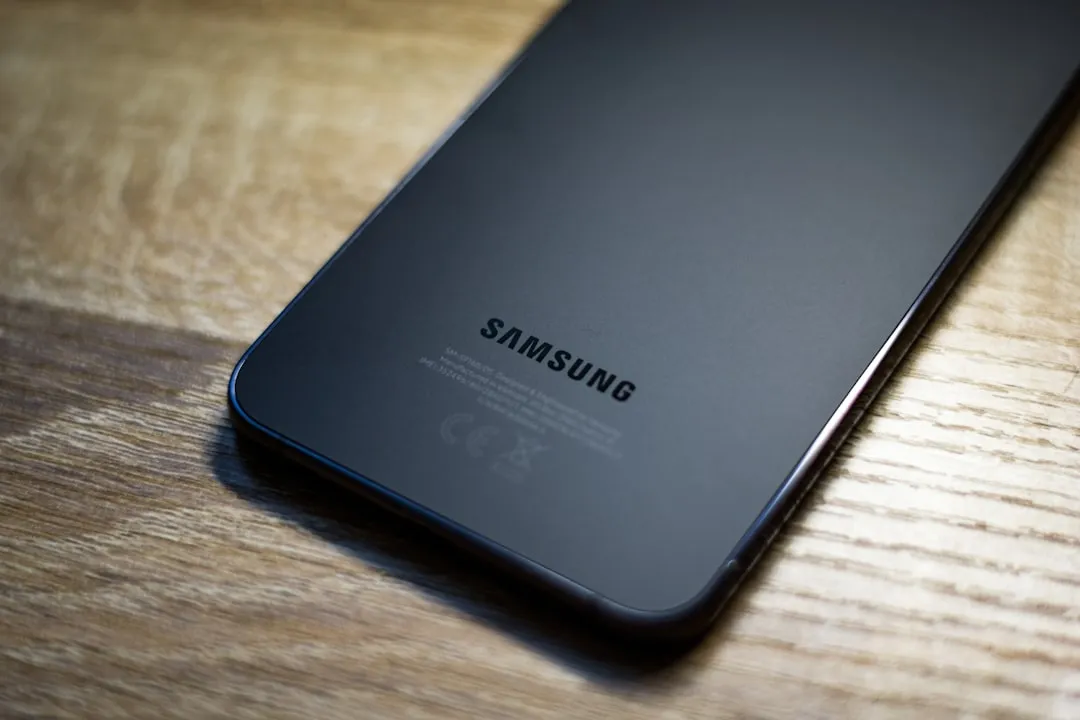
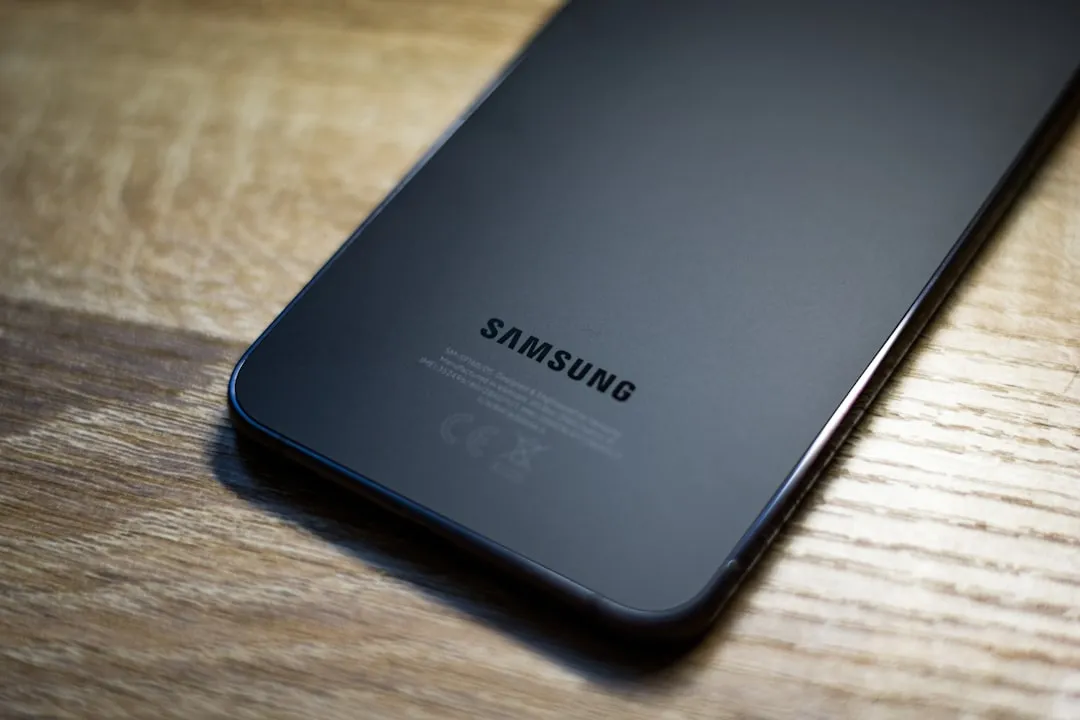




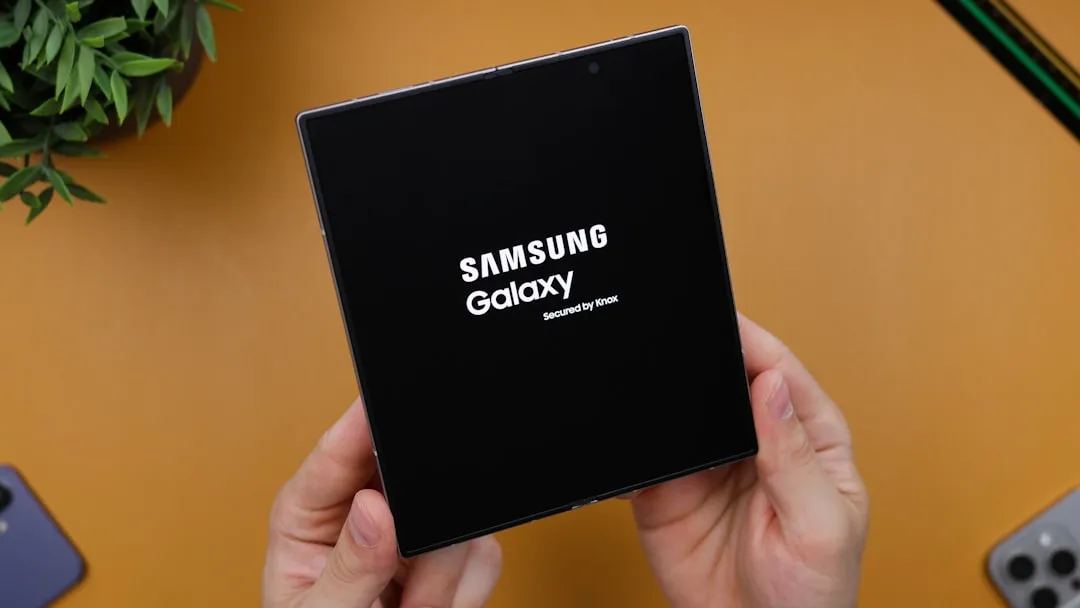

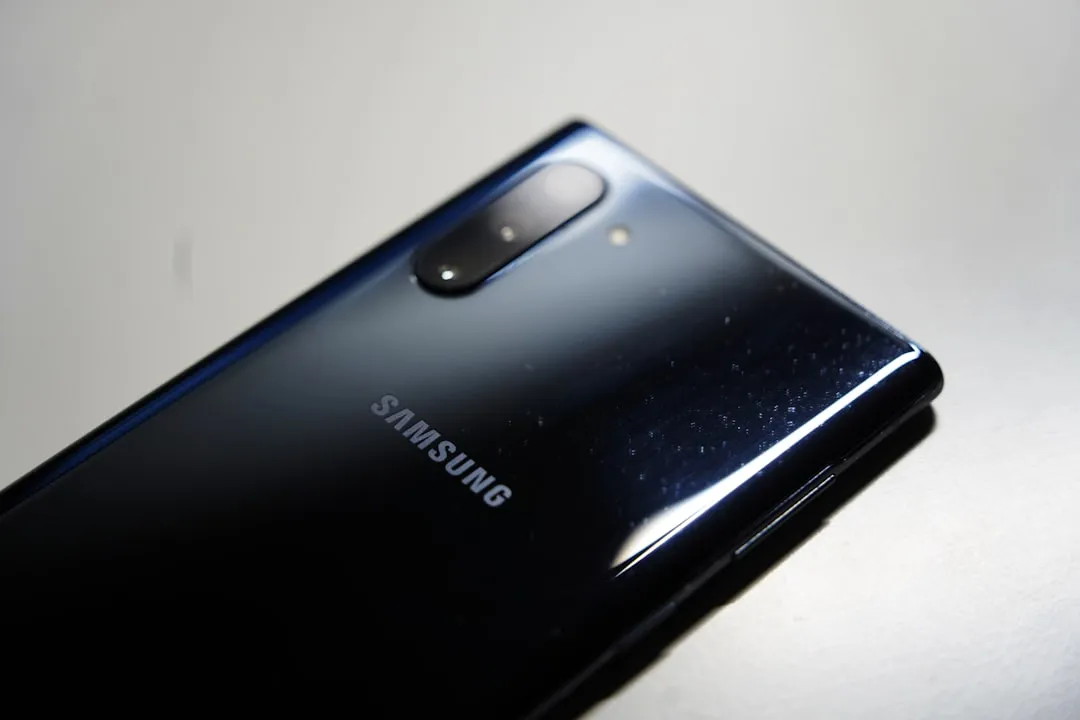
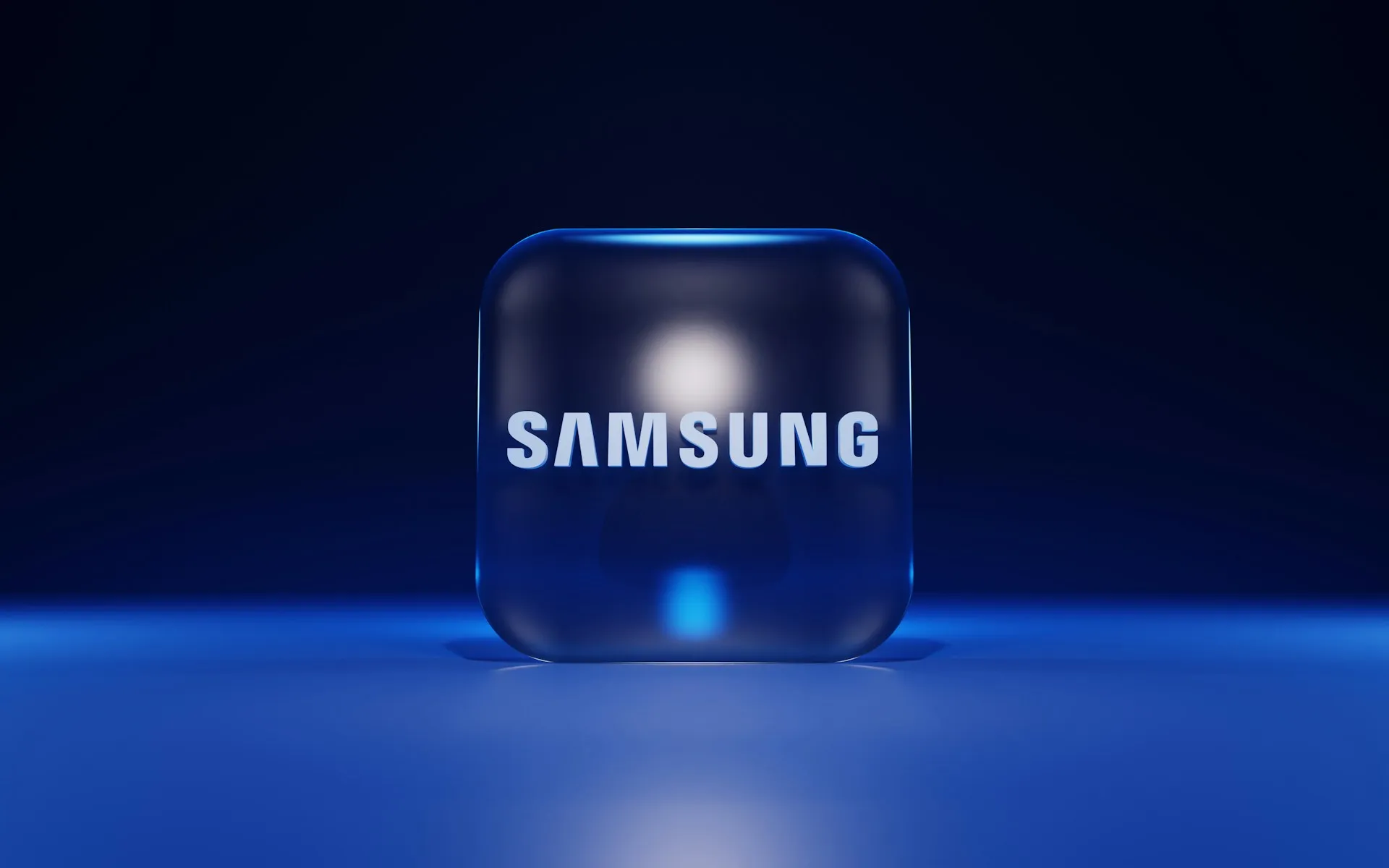
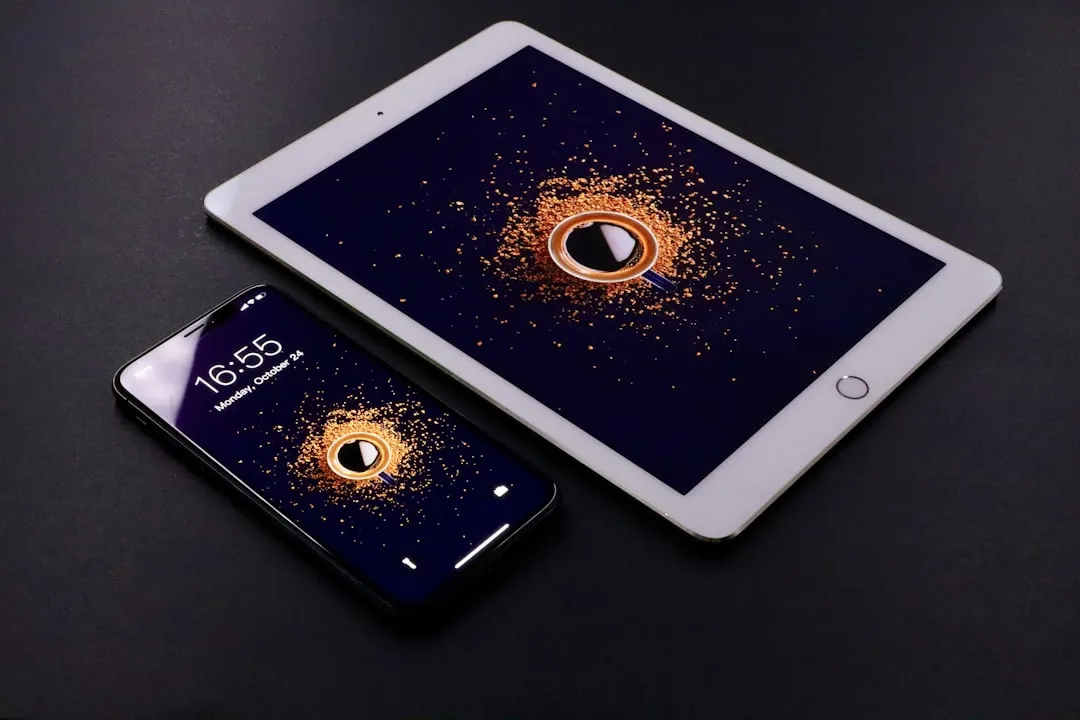
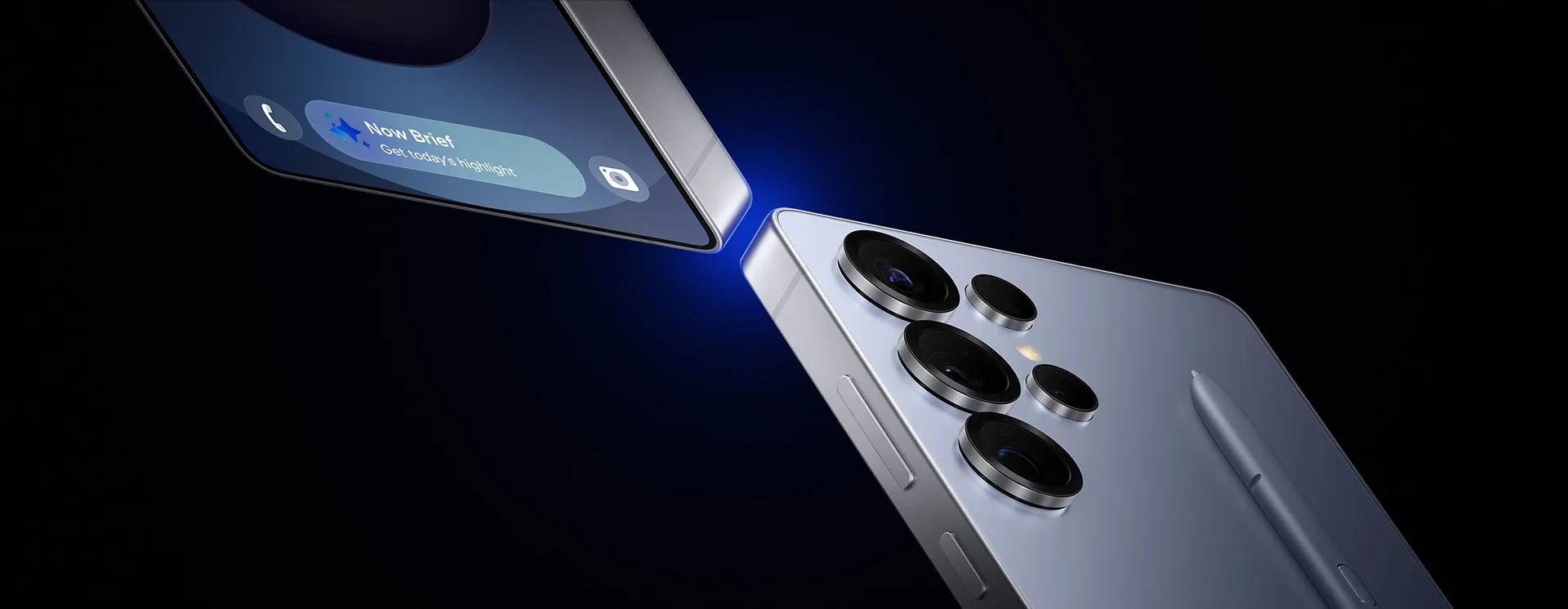

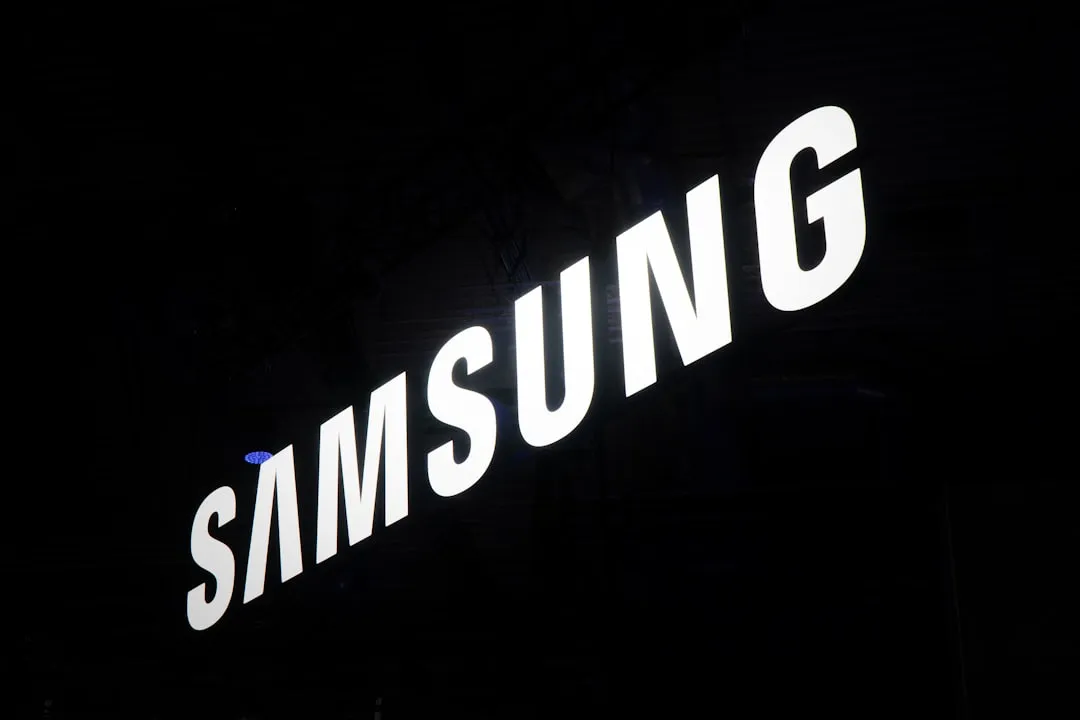


Comments
Be the first, drop a comment!